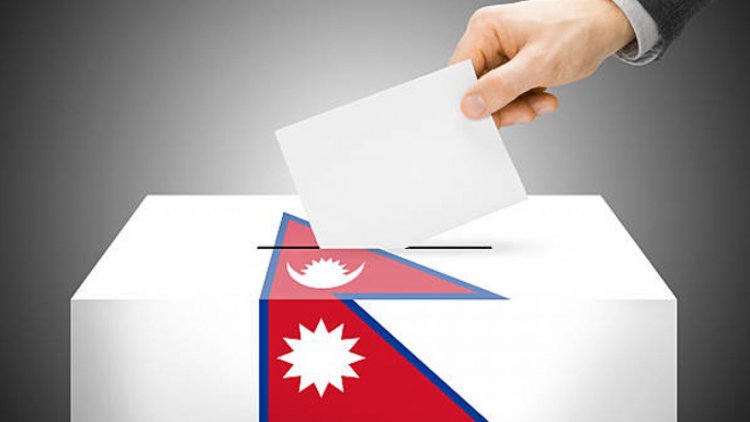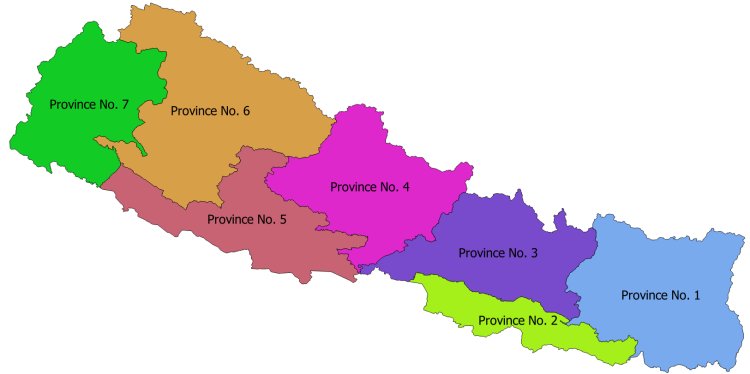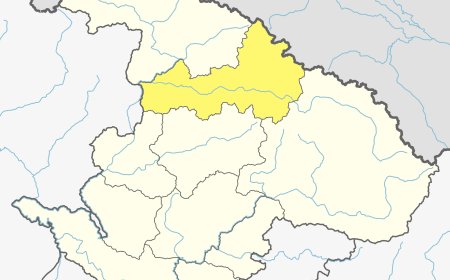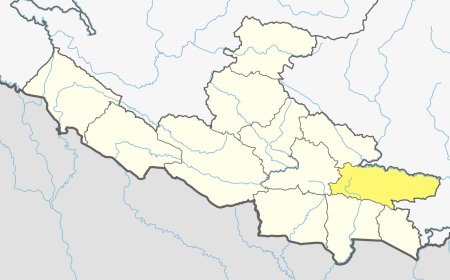Explaining Nepal's Executive || How is the Prime Minister chosen?
In Nepal, the Prime Minister is chosen from the party or coalition with the most seats in the House of Representatives after a general election. The chosen leader needs to win a majority vote in the House to become the Prime Minister and then forms a Cabinet to govern. Political dynamics play a crucial role in this process.

Nepal, a country in the Himalayas, has a unique political system, with complex legislative procedures defining the path to leadership. A remarkable mix of democratic ideals, political coalitions, and constitutional complexities is present during Nepal's Prime Minister election process. Examining the critical function of the House of Representatives, the development of coalitions, and the crucial parliamentary vote that elects the country's leadership will help us better understand this unusual road to governance.

According to the constitution of Nepal, there are three organs of state: 1. The Legislature 2.Executive 3. Judiciary. The head of the executive is the PM (prime minister), and the responsibility to choose a PM and form government lies with the Legislature and Judiciary, which control these two organs. At election time, voting is given to elect the members of the legislature. According to the constitution of Nepal, the legislature is divided into two houses. 1. The lower house is called the House of Representatives; 2. The upper house is called the National Assembly. During election time, the vote that is given by the public is for the lower house of legislative or house of representatives, out of which two votes are for the house of representatives and the other two for the provincial assembly. Nepal consists of seven provinces. So, there will be the formation of seven provincial assemblies and one house of representatives. Sixty percent, or 165 of the 275 members of the Nepal House of Representatives, are elected using the first-past-the-post method. The proportional technique is used to choose 110 people, or the remaining 40%. Those 60%, or 165, are selected from 165 constituencies in Nepal that are created based on geography and population, such as: 10 in Kathmandu, 5 in Jhapa, and 8 in Saptari. Candidates are initially picked from these constituencies in this manner, and voters should support the candidate of their choice in order to determine the winner of the election. Now The proportionate system produced the 110 candidates who were left.
Nepal is regarded as having a single electoral district and elects parties rather than individuals. The distribution of 110 seats is determined by the number of votes each party receives; in this case, voters choose the parties, while the parties choose the ministers and prime ministers.Political parties have the chance to form the government following the general elections if they win a majority or establish a coalition in the House of Representatives. The Prime Minister is the head of the political party or alliance with the most seats. This is comparable to the parliamentary system that many nations use. The elected members of the House of Representatives elect the Prime Minister. The head of the political party or coalition with the most seats nominates a candidate for Prime Minister. This candidate should be a member of the House of Representatives. The nomination for Prime Minister is submitted to a vote in the House of Representatives. If the nominee receives a majority of votes, they are elected Prime Minister. Once selected, the Prime Minister swears an oath of office and secrecy before the President of Nepal.
Conclusion:
To summarise, Nepal's process of electing a Prime Minister entails a complex interaction of forces inside its parliamentary system. Following general elections, the Prime Minister is nominated by the leader of the political party or coalition with the most House of Representatives seats. To take office, this person must obtain a majority vote in the House and then create a Cabinet to rule the country. Political alliances impact the process, and the dynamics of Nepal's constitutional framework play a critical part in determining its leadership.
What's Your Reaction?





































































































